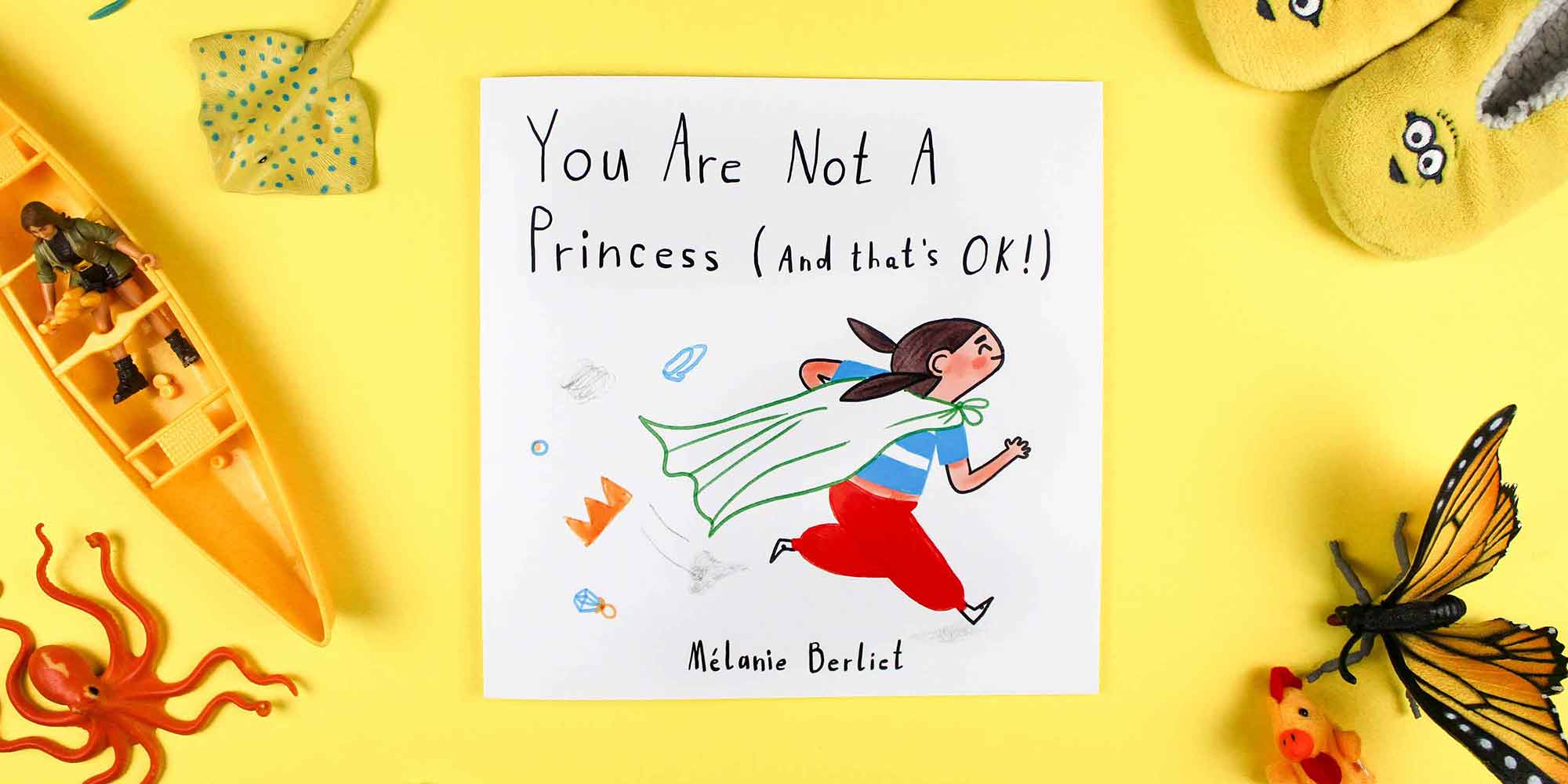
Embroidering on knit and stretchy fabrics can be a bit tricky, but with the right techniques, you can create beautiful designs. Buckle up because I’ve got some tips and tricks that will make your embroidery game strong!
Here are a few tips to get you started:
Pre-wash and Prepare fabric:
When embroidering on knit fabric, it’s important to choose airy and open designs to avoid a heavy or patch-like effect. Using a more stable and dense knit fabric like double knit or interlock can also help. Pre-washing the fabric before embroidering is a great idea to prevent any shrinkage or distortion.
Use Stabilizer:
First things first, when it comes to working with these types of fabrics, you need to choose the right stabilizer. It’s like the backbone of your embroidery project, keeping everything in place and preventing any wonky stretching or distortion. Look for a cut-away or tear-away stabilizer specifically designed for knits. Trust me, it’ll save you from a lot of headaches. For good stabilizing, a cut-away stabilizer that doesn’t stretch is a good choice. Alternatively, you can use a water-soluble stabilizer. Basting the fabric to the stabilizer before hooping it is a smart move.
Hoop it Right:
Now, let’s talk hooping techniques. You know that feeling when you try to squeeze into jeans that are a size too small? Yeah, we don’t want that for our fabric. So, be gentle when hooping and avoid overstretching it. Use a hoop that’s slightly larger than your design to give it some breathing room. And if you need some extra support, throw in an additional stabilizer. You can also use a tear-away or water-soluble stabilizer underneath the fabric to provide additional support. It’s like giving your project a little hug.
Choose the Right Needle:
Needles, my friend! Don’t forget to use a knit needle specifically designed for working with knits. They can make or break your embroidery journey. For knit and stretchy fabrics, go for a ballpoint or stretch needle. These babies have a rounded tip that glides through the fabric instead of piercing it, reducing the risk of snags and pulls. Smooth embroidering all the way!
Satin Stitch or Fill Stitch:
When it comes to stitch selection, think flexibility. Satin stitch or fill stitch are your go-to pals for knit and stretchy fabrics. They can stretch and move with the fabric without causing any unsightly puckering or breakage. Just like a good friend who’s always got your back. Also remember tension and stitch length, it take two to tango! Adjusting these settings can make a world of difference. Loosen up that tension a bit to prevent any puckering, and play around with the stitch length adjustment to accommodate the fabric’s stretchiness.
Conclusion:
Now, here’s the deal. Embroidering on knit and stretchy fabrics might take some practice. Don’t get discouraged if your first attempts aren’t flawless. Rome wasn’t built in a day, and neither was a master embroiderer. Keep experimenting, adjusting, and learning from each project. Trust me, you’ll get there.
Edible Easter Slime
Mauris congue venenatis nisl ut varius. In posuere sem lorem, eu iaculis ante. Quisque eget turpis
Creative Back To School Ideas
Mauris congue venenatis nisl ut varius. In posuere sem lorem, eu iaculis ante. Quisque eget turpis
Exclusive Content
Be Part of Our Exclusive Community
Sed finibus, sem elementum tincidunt tempor, ipsum nisi ullamcorper magna, vel dignissim eros sapien at sem. Aliquam interdum, ante eget sagittis fermentum, mauris metus luctus sem, at molestie.
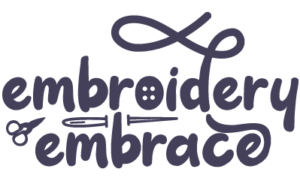

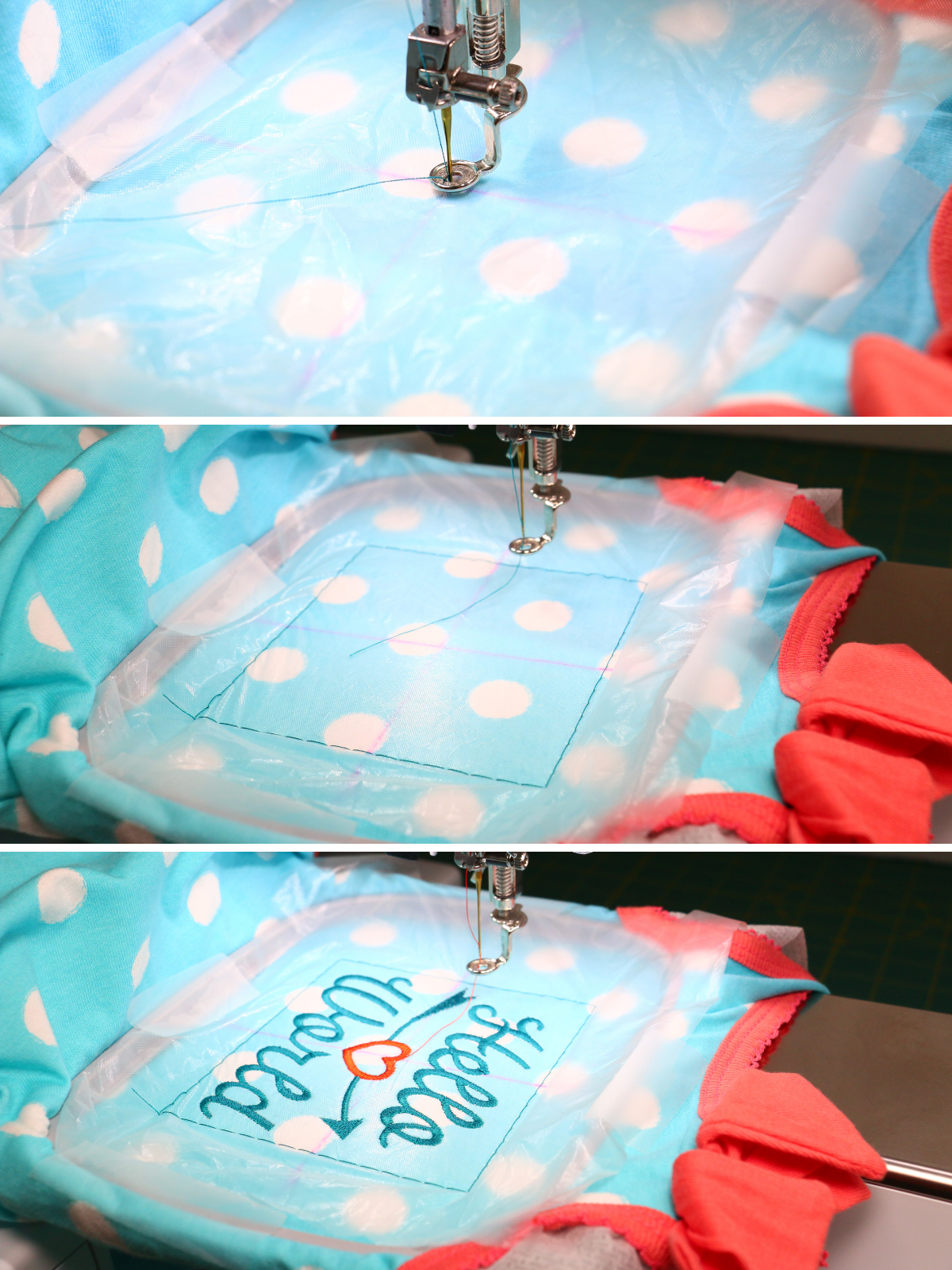



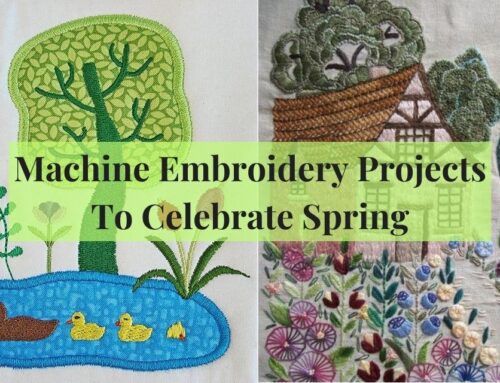
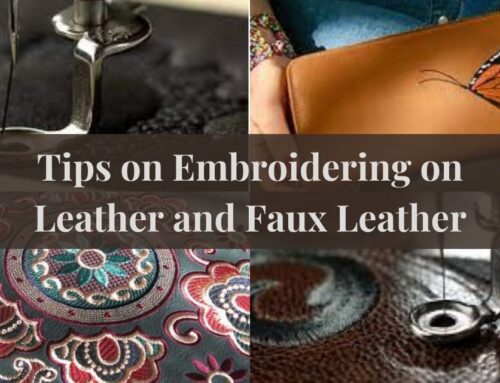
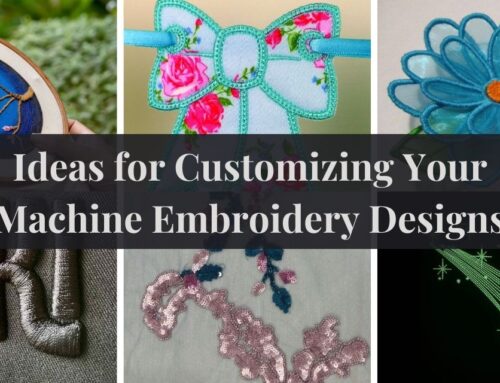
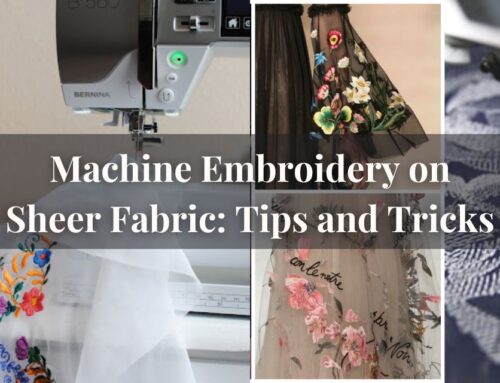
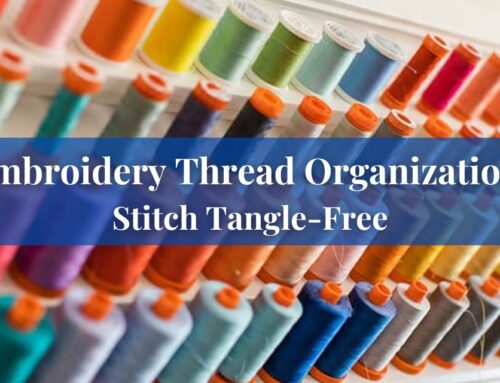
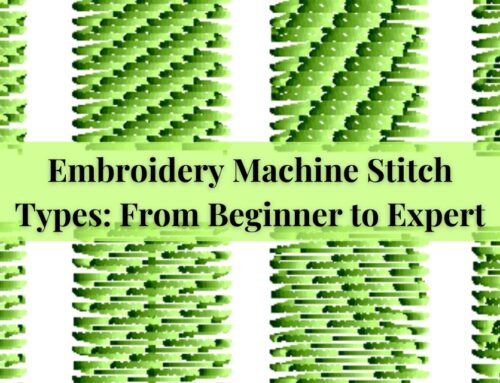
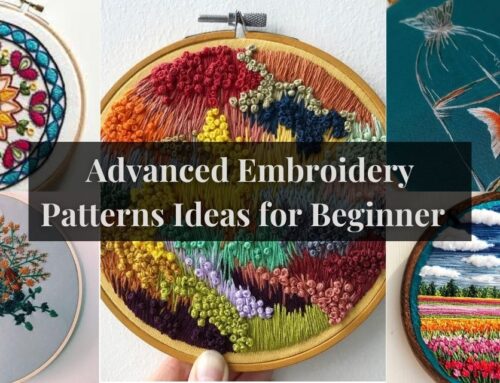
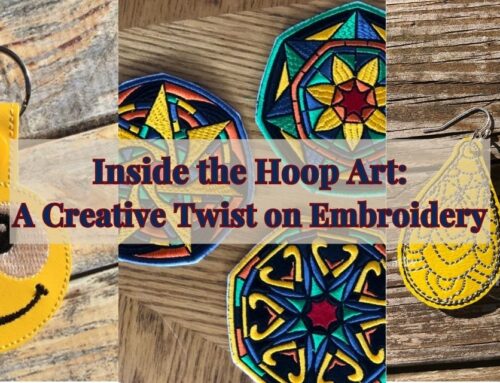
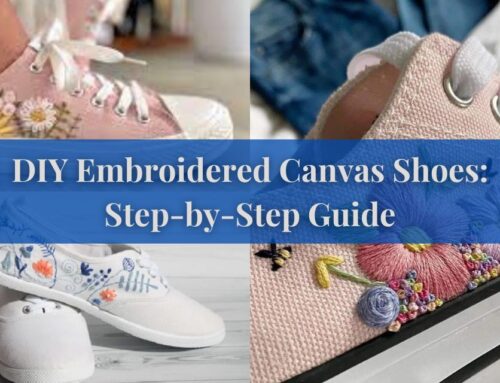
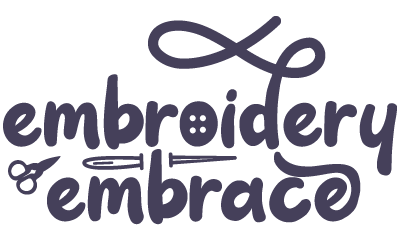
Leave A Comment